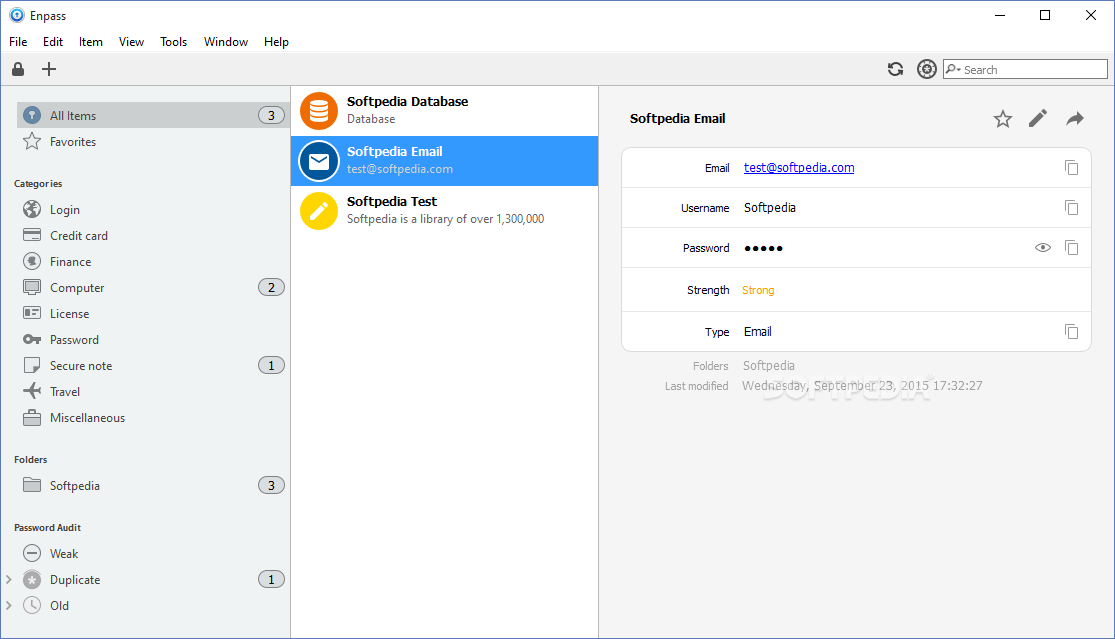
This move only gives Black a pawn and makes us question the sacrifice of the d pawn. This maintains the attack on the Black Knight and later white can recapture in the center via cxd4.

However, the best move in this position for white is to play the Bishop to b5. These are all logical moves, and each one should be carefully evaluated. What should you do as White? Well, there are a few options:

Black played the precise 6…d5! and now is attacking the white Bishop on c4. This particular main line goes 1.e4 e5 2.Nf3 Nc6 3.Bc4 Bc5 4.c3 Nf6 5.d4 exd4 6.e5 White’s e5 Pawn is attacking black’s knight on f6. This example features a popular line played in the Giuoco Piano chess opening. En Passant in the Opening Guioco PianoĮn passant can occur early in the opening. This special move can happen in any phase of the game and sometimes it can come in very handy if one player advances his center pawn into enemy territory. It didn’t seem fair for a pawn to jump safely past other pawns and not give them a chance to take. The En Passant rule was made up 500 years ago when pawns were first allowed to move two squares.
ENPASS IN CHESS HOW TO
Related Post: How to write chess moves in algebraic notations En Passant in different stages of the game In our previous example, the en passant is notated as cxd6e.pĭon’t forget that although you will not capture en passant very often, it is still an important move to master. After the capture, you can add a suffix e.p which represents the en passant. The destination square isn’t one of the captured pawns. Captures made by en passant rules are notated algebraically by specifying the pawn structure file with X and then the destination square. In a formal tournament or competition, each player has the chance to record the moves they make in chess notation.


The pawn’s resulting position would still be the same as if the pawn had only moved 1 square forward and the opposition’s pawn had captured normally. The En passant capture move must be executed on the very next turn, or the chess player loses his or her right to make this move. The En passant move is the only instance in the game of chess in which one chess piece captures another but does not move to the captured piece’s square. In a 3-fold chess repetition draw, with 2 positions whose pieces are all on the same squares, and where the same player must move, it is considered different if there is a chance to make an en passant capture move in 1 position but not in the other. In either descriptive or algebraic chess notation, the letters “E.P.” or similar sometimes denotes en passant captures, but such descriptive notation is not always required. In algebraic notation, the chess move is noted as if the captured pawn progressed only 1 square, for example exf6 (or exf6 e.p.) The numbers and letters used would be determined by the square the pawn has moved to. When looking at the history of chess, it is noted that the allowing of an en passant is 1 of the last large rule changes in European chess that occurred in the fourteenth or fifteenth century. Changes that occurred at roughly the same time were the introduction of the 2-square first move for pawns, the unlimited range for bishops and queens, and castling. The Asian chess variants do not feature any of these moves because they were separated from European chess prior to that period. The reason behind en passant was to stop the newly added 2 square first move for pawns from allowing players to evade capture by an opposition’s pawn.


 0 kommentar(er)
0 kommentar(er)
